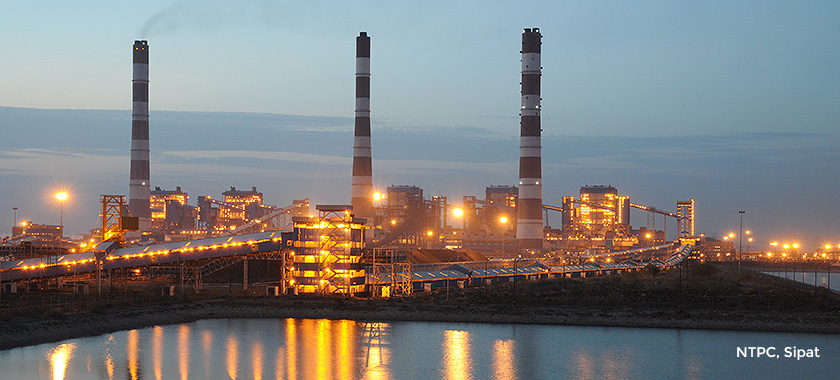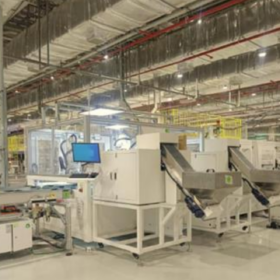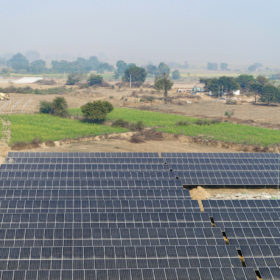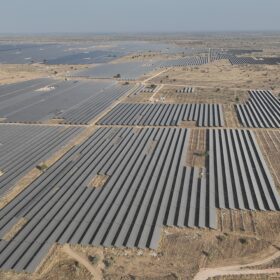A new report by the Institute for Energy Economics and Financial Analysis (IEEFA) finds that acquiring and subsequently reviving stranded thermal plants is a better option for India’s short-term energy security needs than investing in new fossil-fuel-based capacity.
The report comes against the backdrop of the central government directing NTPC, India’s biggest power producer, to add a further 7 GW of new thermal power units over the coming three years.
The report identifies six plants with a cumulative capacity of 6.1 GW that are ripe for strategic acquisition by NTPC in partnership with other government-owned companies like Power Finance Corp., REC, and National Asset Reconstruction Co. Ltd (NARCL).
“IEEFA believes any new investment in thermal power can potentially lead to stranded asset risk, given the clear economic case of renewable energy over thermal power. Financing these thermal plants will expose domestic banks to another set of potential power sector non-performing assets (NPAs) and a higher climate risk on their portfolios,” said Shantanu Srivastava, Sustainable Finance and Climate Risk Lead, South Asia, IEEFA.
According to the report, a strategy to strategically acquire and revive power sector NPAs will also clean up the books of Indian banks, which have been reeling under high NPAs for over a decade.
“It will give the banks more headroom to contribute towards achieving India’s ambitious clean energy goals,” said Srivastava.
The report, through case studies, argues that by partnering with either PFC Projects Limited (PPL) or NARCL, NTPC can save significantly on upfront investments while adding capacity for India’s immediate energy security needs.
“NTPC can undertake work on providing coal linkages and power purchase agreements where required, while PPL can provide finance for working capital requirements,” said Srivastava.
“On the other hand, there are examples of asset reconstruction companies acquiring stranded assets using a 15:85 model, wherein it pays 15% of the consideration amount upfront and issues security receipts for 85% of the consideration amount, payable on recovery of loans. Partnering with NARCL, with the 15:85 central to its strategy and security receipts having a sovereign guarantee, to acquire some of the stranded thermal assets means that NTPC will not have to invest much capital upfront,” he added.
The report also highlights that acquisition and revival should be the first step, as adding new or acquired thermal assets will hurt the acquirer’s environmental, social and governance (ESG) profile.
“NTPC aims to install 60 GW of renewable energy capacity by 2030, which would require securing capital from global ESG investors. Hence, a post-acquisition strategy to retire and repurpose acquired stressed thermal assets for renewable energy generation will align well with ESG investors and prevent future stranded assets on NTPC’s books,” said Srivastava.
“The company can also explore the burgeoning market for carbon credits trading to further improve returns from repurposed projects,” he added.
This content is protected by copyright and may not be reused. If you want to cooperate with us and would like to reuse some of our content, please contact: editors@pv-magazine.com.









By submitting this form you agree to pv magazine using your data for the purposes of publishing your comment.
Your personal data will only be disclosed or otherwise transmitted to third parties for the purposes of spam filtering or if this is necessary for technical maintenance of the website. Any other transfer to third parties will not take place unless this is justified on the basis of applicable data protection regulations or if pv magazine is legally obliged to do so.
You may revoke this consent at any time with effect for the future, in which case your personal data will be deleted immediately. Otherwise, your data will be deleted if pv magazine has processed your request or the purpose of data storage is fulfilled.
Further information on data privacy can be found in our Data Protection Policy.